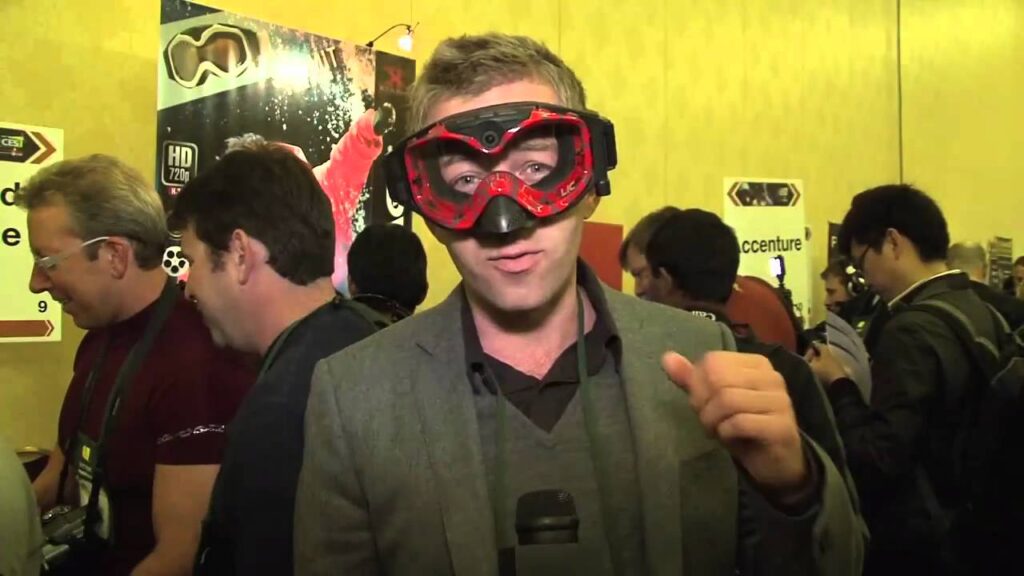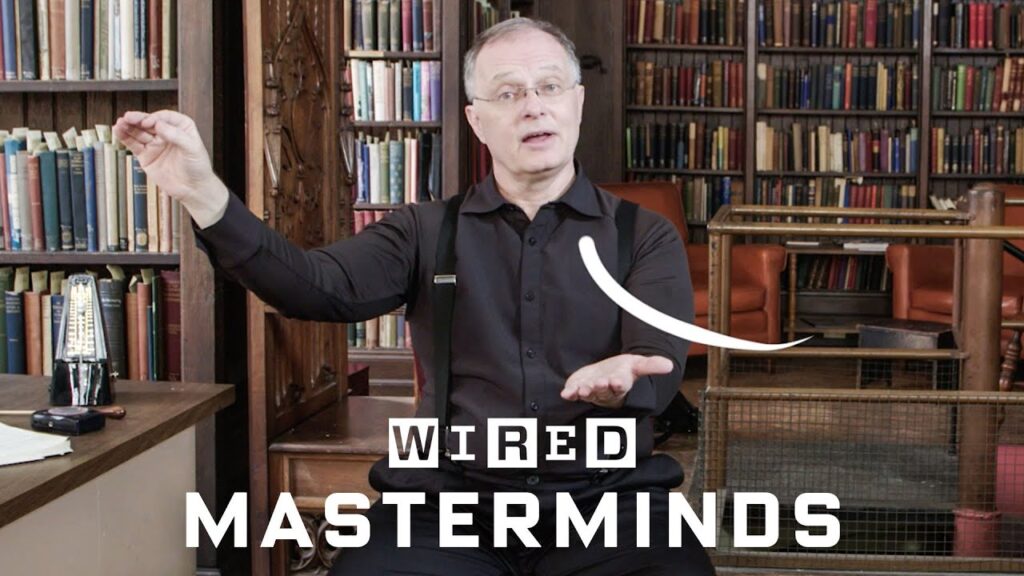Improving Accessibility in Hospitals and Beyond
Summary
In this article, we discuss the challenges of accessibility faced by individuals with disabilities, particularly in hospitals. We explore the personal experience of a speaker who highlights the difficulties of using a shower chair with a four-inch curb and the need for more accessible transfer chairs for MRI and CAT scan patients. We also discuss the importance of allowing loved ones to stay overnight with patients to provide comfort and support. Additionally, we delve into the work of Michael Graves, a designer who is dedicated to creating functional and attractive products to improve accessibility.
Table of Contents
- Challenges of Accessibility
- The Importance of Accessible Transfer Chairs
- The Value of Overnight Stays for Patients
- Michael Graves’ Work in Accessibility Design
Challenges of Accessibility
The speaker in our conversation shares their personal experience with a horizontal drain in their bathroom and the difficulties of using a shower chair with a four-inch curb. This is just one example of the many challenges faced by individuals with disabilities. In hospitals, patients with disabilities often face even greater difficulties, such as uncomfortable chairs and inaccessible transfer equipment.
The Importance of Accessible Transfer Chairs
The speaker advocates for the importance of accessible transfer chairs for MRI and CAT scan patients. They describe the discomfort of waiting for long periods of time in uncomfortable chairs in hospitals. Fortunately, Michael Graves and his team have designed a transfer chair that is now being produced by Stryker. This is a significant step towards improving accessibility in hospitals and ensuring that patients with disabilities have a more comfortable and dignified experience.
The Value of Overnight Stays for Patients
The speaker also emphasizes the importance of allowing loved ones to stay overnight with patients to provide comfort and support. This is particularly important for patients with disabilities, who may require additional assistance and care. Allowing loved ones to stay overnight can also help reduce anxiety and stress for patients, which can have a positive impact on their overall health and well-being.
Michael Graves’ Work in Accessibility Design
Michael Graves is a designer who is dedicated to creating functional and attractive products to improve accessibility. In addition to the transfer chair designed for Stryker, Graves and his team are also working on a bed that can turn into a couch. While there are similar products on the market, they are not very attractive. Graves suggests that a deal can be made through drawings and measurements without building a model room. This innovative approach to accessibility design has the potential to revolutionize the industry and make a significant impact on the lives of individuals with disabilities.
Conclusion
Improving accessibility in hospitals and beyond is crucial for ensuring that individuals with disabilities have equal access to healthcare and other essential services. The work of Michael Graves and others in the accessibility design field is an important step towards achieving this goal. By creating functional and attractive products, we can make a positive impact on the lives of individuals with disabilities and promote a more inclusive society.







